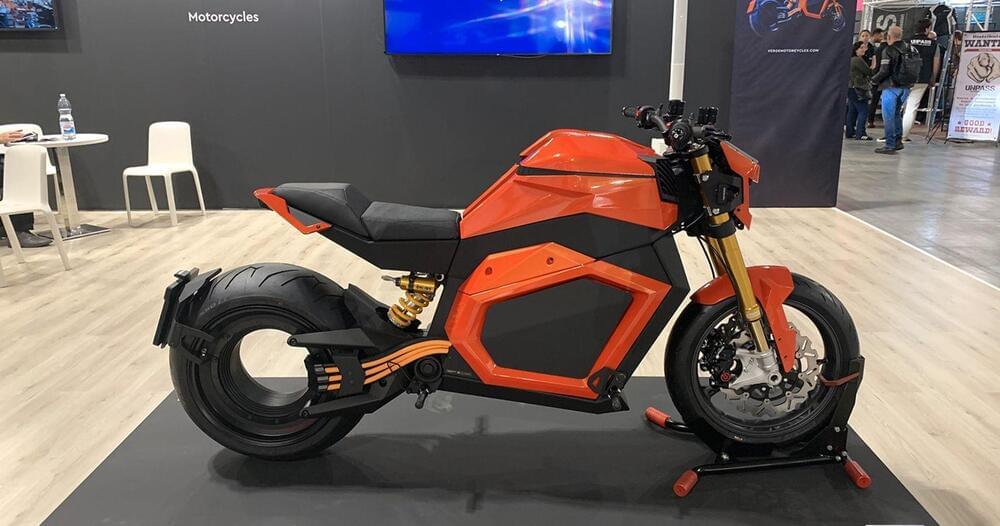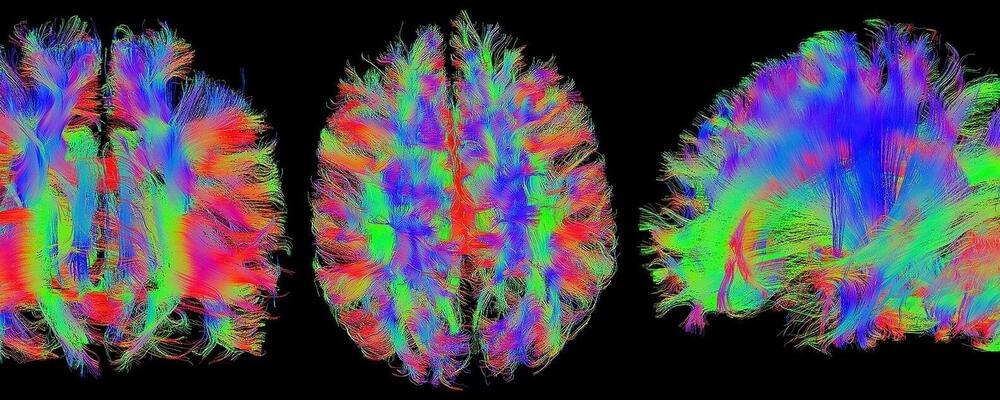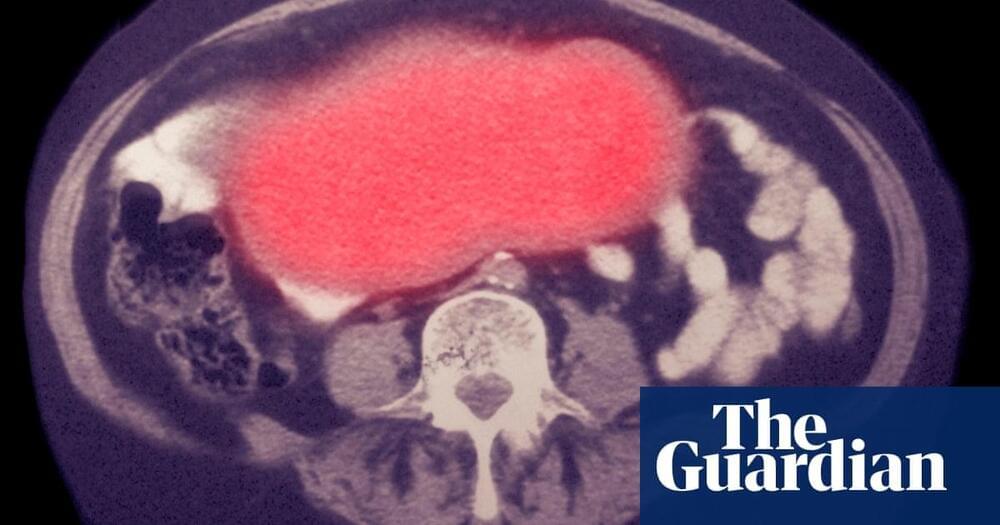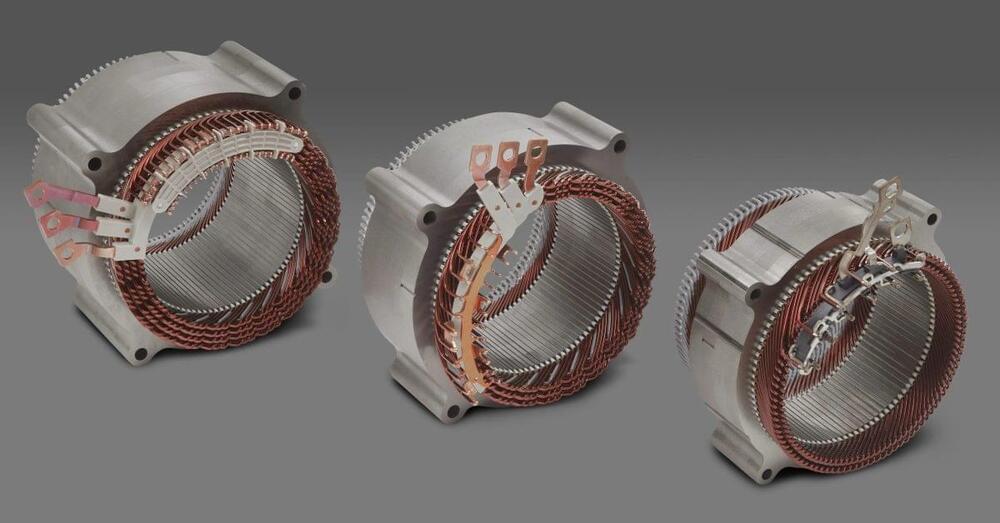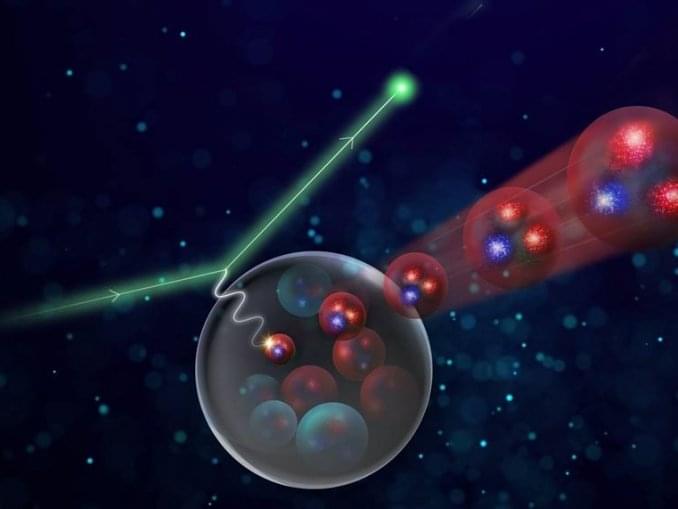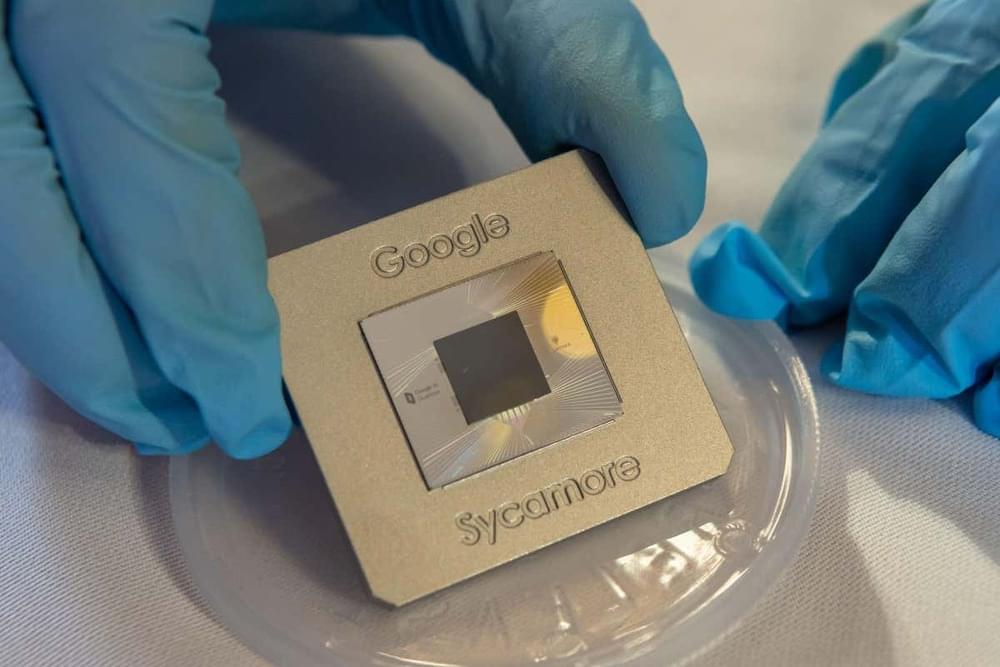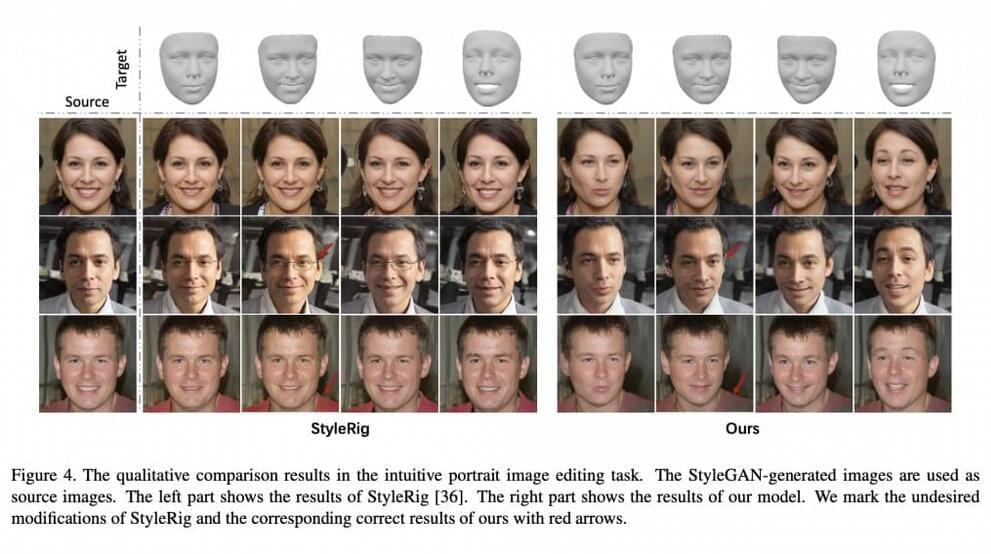
There are many parts of the world which lack infrastructure, but that get a lot of sunlight … which makes buildings uncomfortably hot. A new system could help, as it uses a combination of sunlight and salt water – but no electricity – to produce a cooling effect.
Currently being developed at Saudi Arabia’s King Abdullah University of Science and Technology (KAUST), the experimental setup takes advantage of a natural “phase-change” phenomenon in which energy is absorbed as salt crystals dissolve within water. This means that if salt is added to warm water, that water rapidly cools as the salt dissolves.
After some experimentation with different types of salt, it was found that one known as ammonium nitrate worked best. Mainly because it’s highly water-soluble, its cooling power is four times greater than that of the next-best salt, ammonium chloride. As an added bonus, ammonium nitrate is already widely utilized in fertilizer, and is quite inexpensive.
